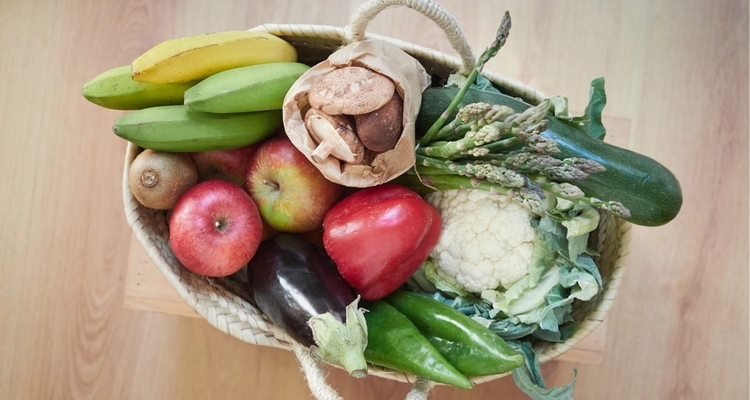
How to Make Your Weekly Shop More Eco-Friendly
By Sarah Barnard
The weekly shop can be a bit of a minefield from an eco point of view. Walking through aisles and aisles of plastic wrapping, with thousands of products seemingly offering exactly the same thing or indistinguishable differences.
Not to mention the swathes of products offering supposed green alternatives. It can be hard to know what you can trust and what is little more than greenwashing. And trying to avoid all the plastics and other environmentally questionable packaging can make it stressful. It’s all too easy to just throw some things in your trolley and head for the tills. But it doesn’t have to be this way.

It is possible to do your weekly shop in an eco-friendly way. The secret to environmental shopping is to plan ahead. It’s all too easy to leave your shopping to the last minute and, when you’re under time pressure, it’s hard to make the right calls; likewise, if you go into the shop not knowing exactly what you want to buy.
Not only can this be bewildering with all the choices, as well as time-consuming, but it can leave you having to make eco decisions on the fly. Successful eco-friendly shopping is about having a plan.
With that in mind, we’ve constructed the guide below to help you do your eco-friendly shopping in a cool, calm and collected way – ensuring you get exactly what you want and need while causing minimal possible damage.
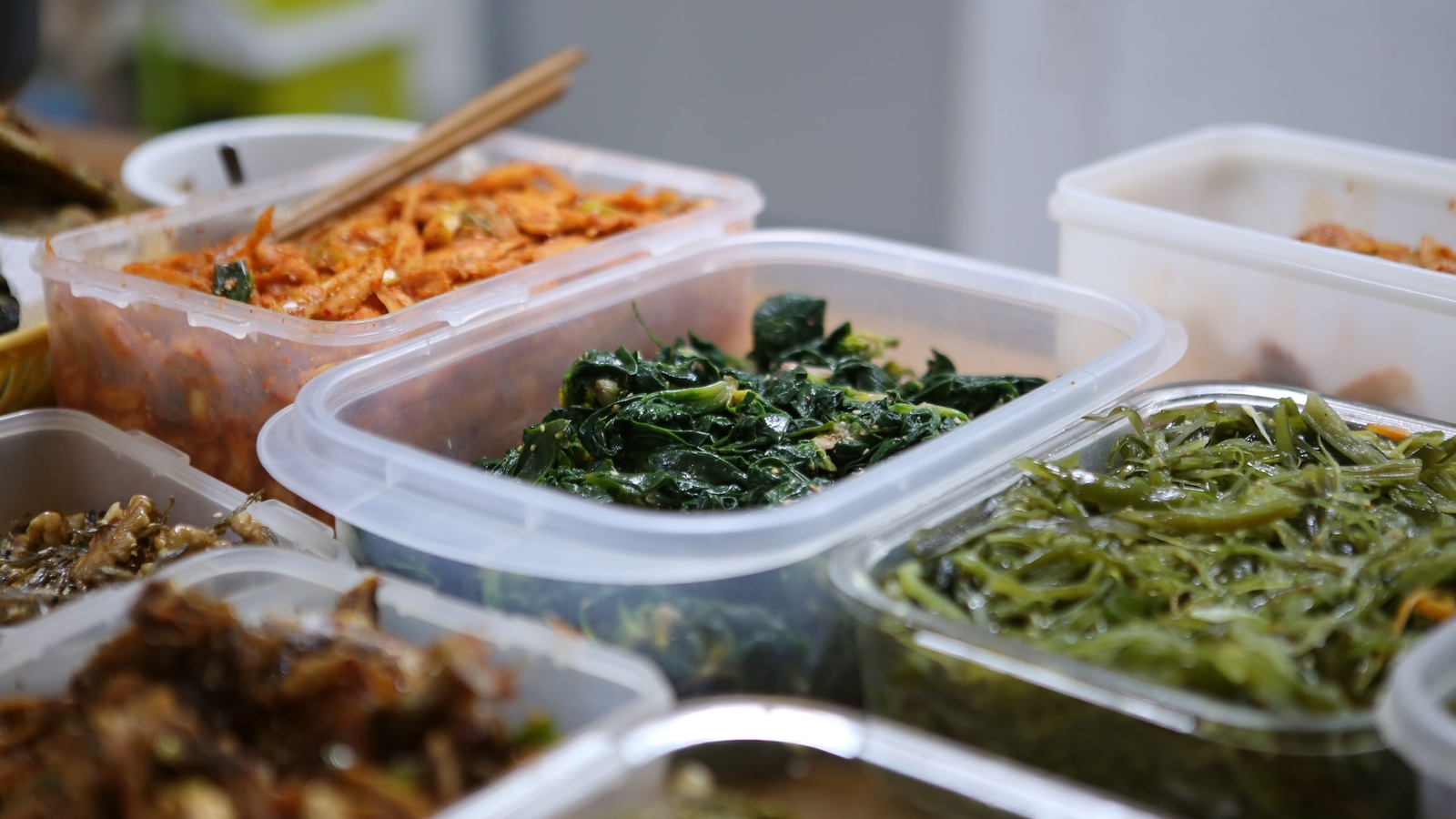
Plan Your Meals
To eliminate being overwhelmed by choice, wasting time and, most importantly, wasting food, it’s always a good idea to plan your meals. Every year, we throw away nearly 10 million tons of food in the UK alone. That’s despite the fact that around 9 million people are considered to be in food poverty.
Food is thrown away for a variety of different reasons. Either it expires on the shelves of the supermarkets and is not considered suitable for sale, or is purchased and either goes off or is not eaten at mealtimes and thrown in the bin as scraps.
In fact, more than one-third of all the food produced globally goes to waste along the various stages of the food chain. When you consider how much water and energy has gone into growing the raw ingredients, processing, and transporting this food around the world, this is a shocking statistic.
We can all do our bit for food waste by increased composting, freezing leftovers or even donating to food banks. But the primary step you need to take to reduce waste is to stop buying so much food in the first instance.
By planning your meals, you will have a clearer idea of what you need and what you don’t. That way, you reduce your food waste and expenditure too.
In order to plan your meals, create a weekly or monthly menu so you know in advance what you will be eating. This will help you when creating a shopping list, as you can buy only what ingredients you need for each meal. Change up your menu each week or month to avoid things becoming too repetitive and make a note of your favourite recipes and if there is any wastage from a particular meal.
Your meal planning can also be seasonal, including ingredients grown at specific times of the year or locally to reduce the food miles that each meal racks up.
Take time to get your meal planning right, and you will find that the amount of food you’re throwing away from the fridge or scraping into the bin is significantly reduced. You’ll also find that your food outgoings will be reduced and, by composting your leftovers, the impact of each meal can be reduced in a big way.
For more meal planning tips, check out the Pro Home Cooks YouTube channel, the BudgetBytes website, and explore BBC Good Food’s meal prep recipes.
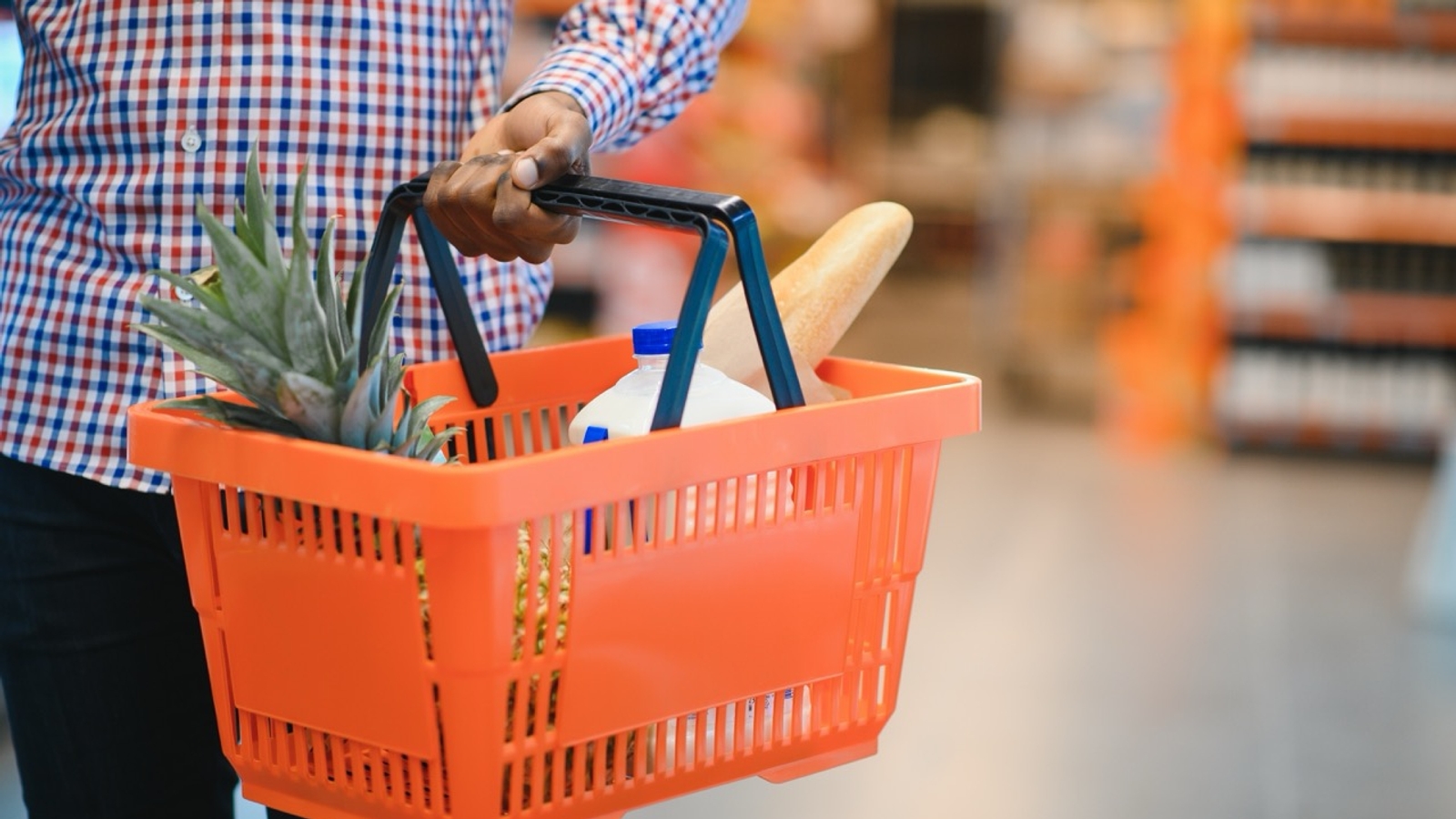
Where To Shop Sustainably
Now you know how to shop, it’s time to think about the ‘where’ and ‘what’ to buy. Obviously, supermarkets and their smaller ‘local’ branches are designed to be convenient. Their increased buying power means they can offer lower prices and they offer a wider choice.
But all of that is not as it seems. Often, the larger chains can offer the best deals because they have the collective bargaining power to drive down prices for producers, meaning they get paid less and the major chains’ profits are unaffected. Also, the illusion of choice can be misleading, as it often turns out so-called eco products are owned by large multinationals whose reputations leave little to be desired.
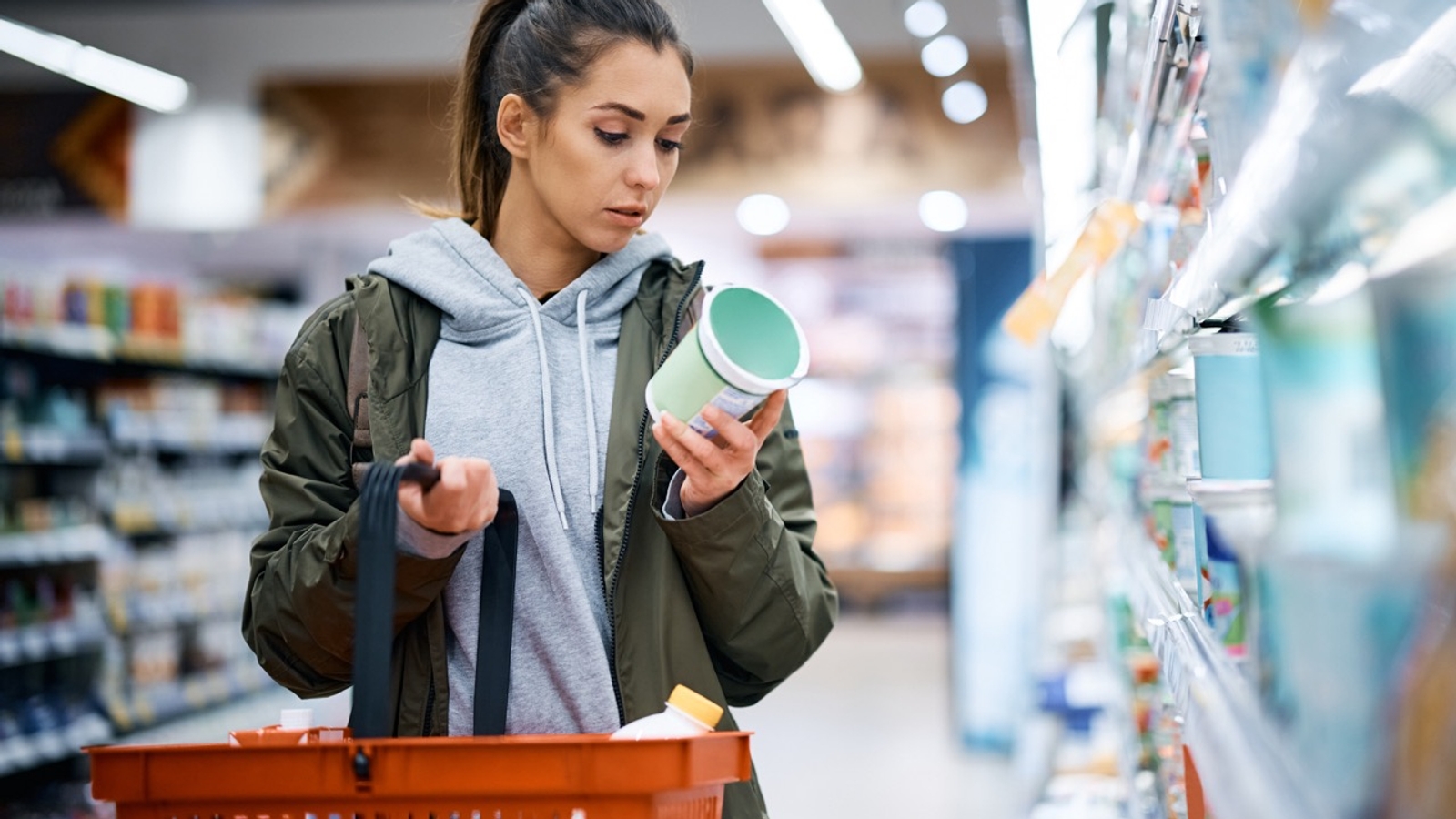
Things To Consider When Looking For Sustainable Products
It is still possible to shop in an eco-friendly way in a supermarket, but you must look out for the various traps and pitfalls. Watch out for eco or organic products where all is not as it seems. And always check to see where any fruit and veg has come from. Eating grapes from Chile in January might be possible in a global food chain, but can it really be good for the environment?
Of course, the easiest way to shop more sustainably is to use Canopey – where every brand and product has been verified and vetted by us!
Ideally, you should try and buy from local producers, which you can usually find at farm shops or farmers' markets, or look up your local organic food store. Yes, the prices might be higher than in the big chain supermarkets, but you can mitigate this with better meal planning and less waste.
And remember, those lower supermarket prices often have a hidden truth: the producers are bearing the cost. Plus, there’s no escaping the fact that food has been kept artificially cheap in the UK for too long. If paying a bit more means producers are paid a more reasonable amount, your food travels fewer miles to your plate, and you get better quality product, then it can be be worth it in a number of senses.
Wherever you shop, remember to bring your own reusable bags, and if possible, try to use your own containers – otherwise look for options with less packaging, such as loose fruit and veg.
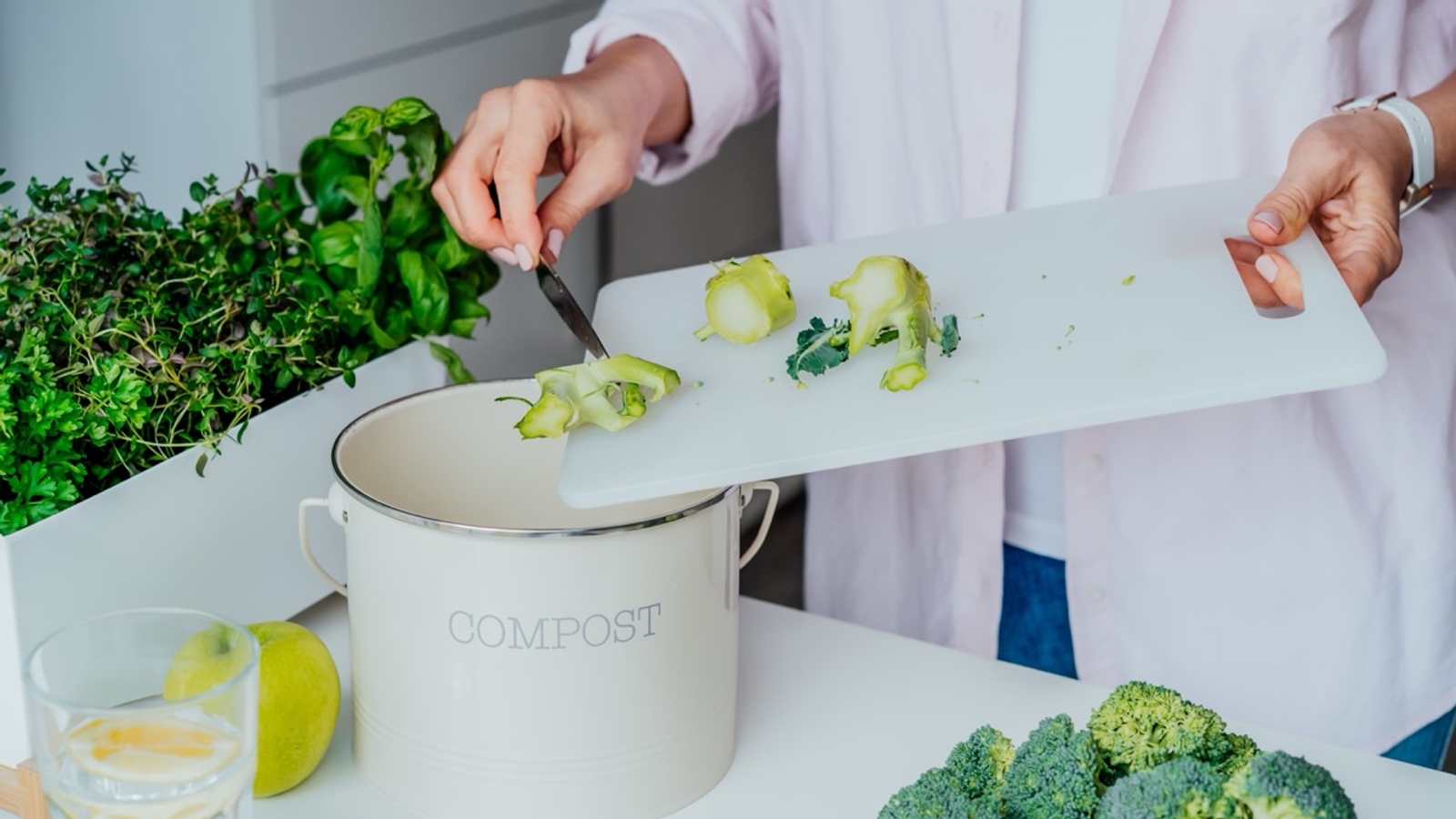
Reduce The Amount Of Food You Throw Away
As we’ve pointed out above, better planning is the best and easiest way to reduce the amount of waste you produce. Buying less, or at least no more than you need, is the best way to keep costs and waste down.
But we also know that, realistically, waste does happen. Some days you’re just not that hungry or get the portion control wrong, and you end up with more than you need. However, this doesn’t mean it needs to go straight into landfill.
Home composting is possible whether you have a garden or not. If you can build a large outside compost bin, then great, but you can also get small composters that will work in yards, on balconies or even under the kitchen sink. Remember that if you make too much, you can also use the freezer to store an easy meal for another day.
Of course, not all food can be composted or stored once cooked. Things like cooked meats or dairy products don’t break down in the same way as plant matter. However, there may be a curbside composting scheme in your area that gives your waste access to a biodigester. This is a larger-scale system that uses microbes to break down food waste and turn it into green fuel to power vehicles and heat homes. Biodigesters can even be used to break down waste byproducts, such as fats and greases used in domestic and commercial cooking.
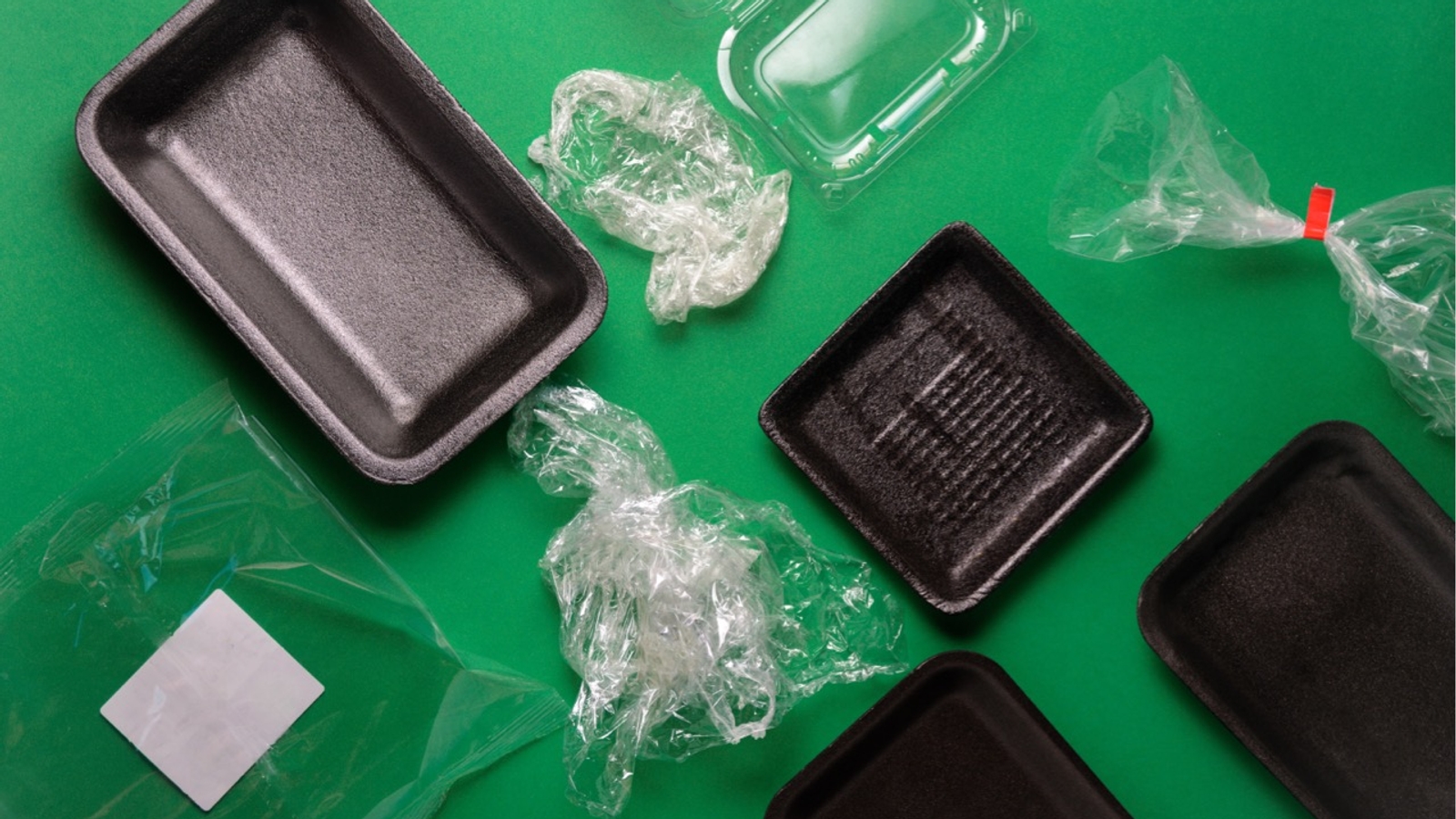
Consider Packaging Waste
Waste is not always about the food itself but also the packaging. The first point is to try and avoid buying food that is wrapped in packaging. This is usually processed foods or ambient goods such as packets and tins.
The less plastic you use the better, but things like jars and tins can easily be recycled as part of your local scheme. Some, but not all, plastics can too. But ideally, we need to be moving away from plastic use altogether. You can also reduce waste by avoiding single-use items and buying in bulk.
There may also be non-food items in your weekly shop, such as deodorants, soaps and shampoos, razor blades, and even battery-powered devices. Try to look for goods that are refillable or reusable in some way, to reduce the waste each time you run out. You can find a variety of refillable deodorant, shampoo and conditioner, cleaning products in our Reuse & Refill collection. Also consider locally-made, organic products which have minimised the distance a product has travelled throughout its production.
If you have electronic items or batteries that no longer work, you need to dispose of them correctly at the local recycling facility – and some supermarkets may have battery banks, too.

Check How Far Food Has Travelled
One of the unseen consequences of all our food shopping is the food miles it accrues in transportation. We’ve mentioned above that eating unseasonal produce probably means eating food shipped in from all corners of the globe.
If you’re eating an out-of-season (for your area) fruit or vegetable, the chances are that it has already travelled thousands of miles to be on your plate. In the UK, DEFRA estimates that moving food around accounts for about 25% of all heavy goods traffic on the roads each year, which produces about 19 million tonnes of CO2. Try to eat seasonal food ideally grown by local producers – or even better – grow and pick your own.
Travel To The Shops More Sustainably
There is also your own transportation to think about. It’s all well and good buying organic, locally sourced veg, but if you’re travelling the three miles to the farmers’ market in your gas-guzzling SUV, then it rather takes the edge off the good work you’re doing.
If you can, try and walk to your store or, better still, cycle. With a couple of good-sized pannier racks, you can fit in a surprising amount, plus you’ll benefit from the exercise you’ll be getting, and the increased endorphin flow will make you feel better. Good news all round.
Bikes are also a lot easier and cheaper to run, park and maintain, plus you can save on going to the gym. This kind of circular thinking is key to tackling not just the food waste problem but the entire climate change action.
If walking or cycling is not an option due to age, distance, disability or practicality (we admit doing the shop on a bike with the kids in tow is a little tricky), why not think about carpooling or getting the bus/train?
If you really can’t avoid using the car, do bigger shops to cut down on journeys and shop outside of busy periods to reduce your time on the road and ease congestion. And if you do have a big, gas-guzzling SUV, maybe save it for longer trips when it’s not quite so inefficient. To borrow a phrase from a big supermarket chain – every little helps.
And of course, if you want to reduce the travelling you do altogether, shopping on websites like Canopey can solve that problem. Studies show that bricks and mortar shops lead to 1.5 and 2.9 times more greenhouse gas emissions than online shopping. While e-commerce needs delivery vans to circulate, these reduce car traffic by between four and nine times the amount they generate.
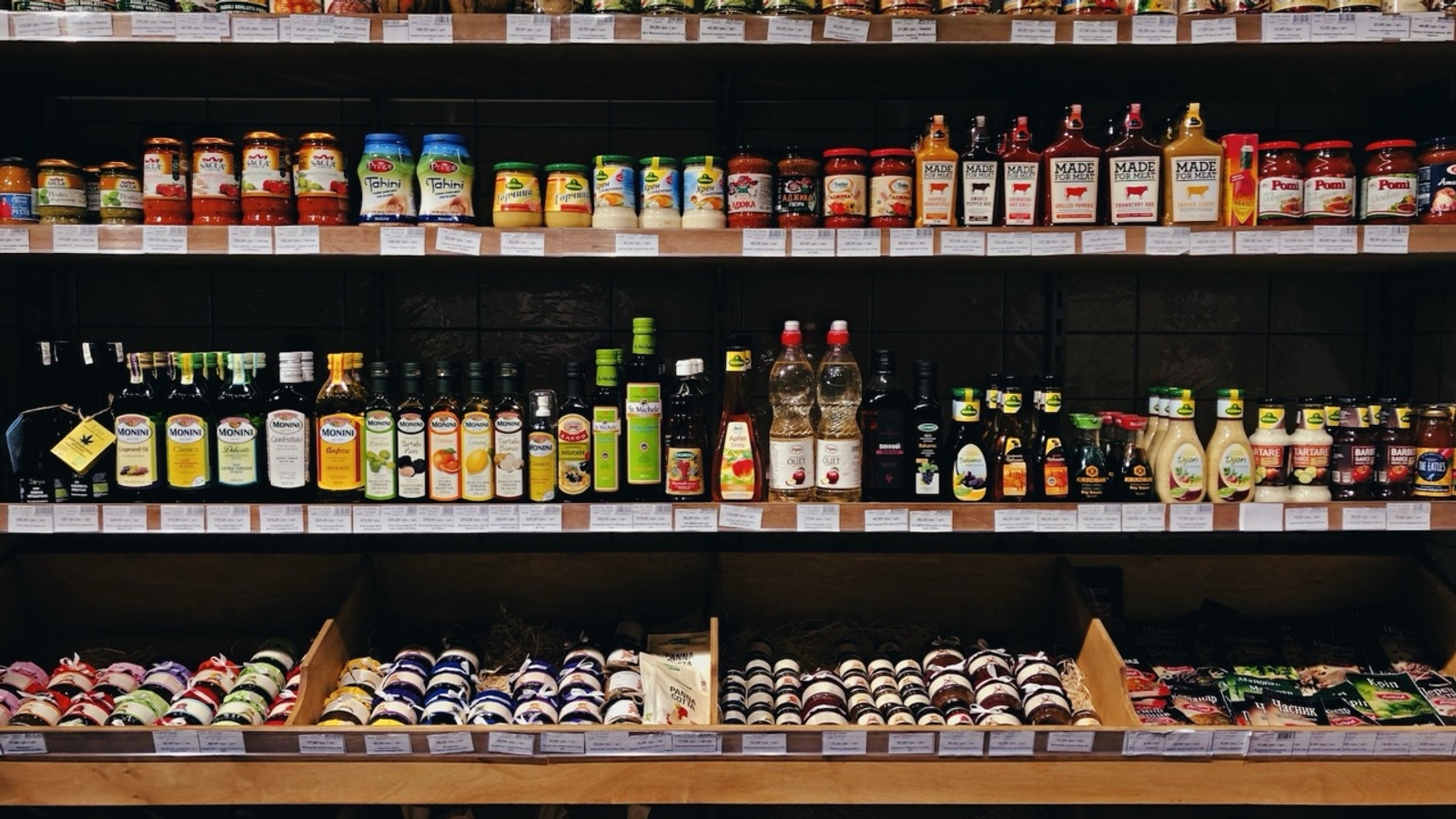
Final Words
As you can see, making your weekly shop more eco-friendly is not as hard as it seems. It’s important to be realistic and set goals that are achievable. That could be starting with a meal planner to reduce waste or cycling to the shops once a week instead of driving.
It might not be possible for everyone to be cycling 20 miles to buy locally sourced, organic hand soap in a refillable, recyclable container, but we can all be doing at least some of the above to reduce our impact.
We simply must reduce the amount of plastic our food is wrapped in, and cut down on the colossal amount of food we throw in the bin each year. Simply swapping plastic cutlery for reusable cutlery & straws goes some way to making a genuine impact on the environment. And we must be more sensible about what we eat and where it comes from.
It’s all too easy to turn a blind eye and hope someone else will do it for us, but these changes are not life-altering and will generally have a positive impact, tying you to your local community and environment in a way that shopping has all but forgotten in recent years.



